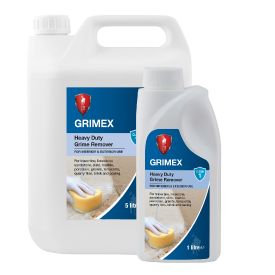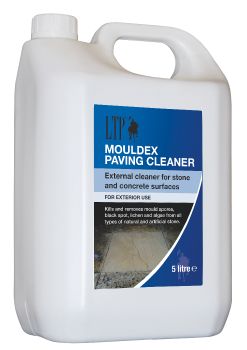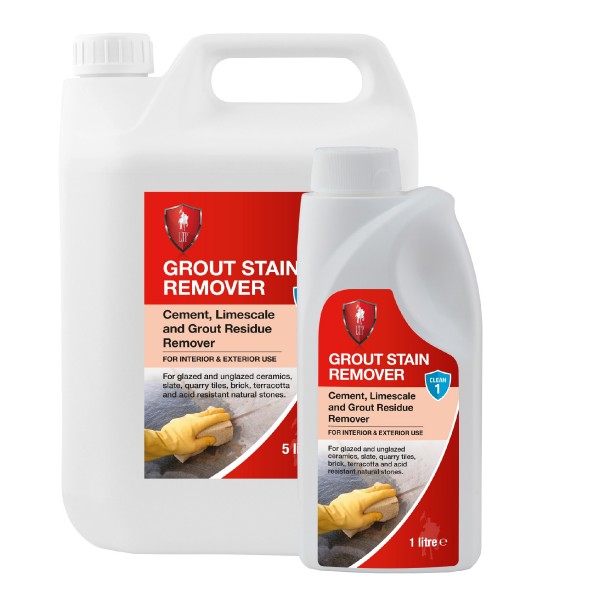
Natural stone surfaces are a popular choice for pool surrounds but if they’re not correctly maintained, they can quickly create a slip hazard. This is rarely the fault of the stone. Most materials specified for pool sides have good slip qualities, with a textured surface that provides grip under foot. Problems are caused by a build-up of residue and a poor cleaning regime, which fails to remove them.
Swimming pools, and leisure environments in general, come in contact with a host of organic contaminants – from food, cosmetics and sun creams, to environmental contaminants like microscopic algae spores and bird droppings. During maintenance, it’s not uncommon for surfaces to be washed with a detergent and rinsed with pool water, which re-contaminates the surface. Many detergents also fail to break down the residue and a cycle of poor cleaning and residue build-up is created.
In order to remove organic-type residue, you’ll need to use an alkaline-based cleaner. LTP Grimex is a great option as it will break down these deposits, without damaging the natural stone surface. For general use, Grimex is diluted 1:5 with water, but a lower dilution of 1:3 may be needed for very dirty pool surrounds. The cleaner is applied with a sponge or water brush and should be left to act until the dirt releases – this will normally take between 5 and 30 minutes. The stone should then be thoroughly rinsed with clean water to neutralize the surface. Scrubber machines can also be used, where suitable.


Another really good option is LTP Mouldex Paving Cleaner. Like Grimex, it is also an alkaline-based cleaner and it’s especially useful where there’s a greater build-up of environment contaminants, like mould, black spot, lichen, fungus and algae. It’s applied directly to the stone surface, left to act and should then be thoroughly rinsed with clean water. As well as removing residue, Mouldex also has an antibacterial and bleaching action, so it helps prevent regrowth and restores light-toned paving to its original colour.


During a deep clean, any limescale residue should also be removed; limescale quickly builds up in wet environments, especially in hard-water areas, and is a magnet for dirt. If the surface is acid-resistant, an acid-based cleaner like LTP Grout Stain Remover can be used. Limescale has a similar composition to cementitious grout, so the treatment will remove new deposits, as well as any old installation residues. LTP Grout Stain Remover is diluted according to build-up, applied with a cloth or sponge and the surface should then be thoroughly rinsed with clean water.

Straight after an intensive clean is the ideal time to seal the surface, to protect it from stains going forwards. For absorbent stone, LTP External Stone Sealer is a great option; it has an impregnating formulation, so it protects from within, rather than forming a film that could potentially affect anti-slip properties. It’s also water-based so offers a safe application and it can be applied in damp conditions. For ongoing aftercare, choose a ph-neutral, phosphate-free cleaner, like LTP Waxwash, which will protect the stone, the sealant and make ongoing maintenance much easier.

Before embarking on a pool deep clean, always check that the solution you’re using is suitable for your surface. And, once the surface is clean, ensure that a regular maintenance regime is adopted to keep residue build-up under control and surfaces safe all summer long.
For more information and expert advice, please contact LTP on tel. 01823 666213 or email [email protected]



